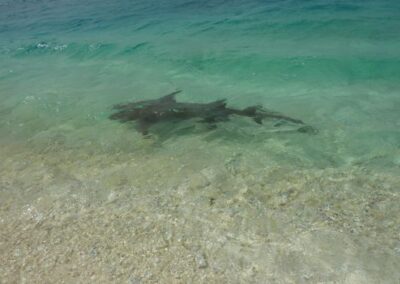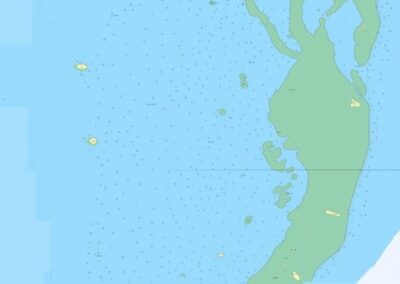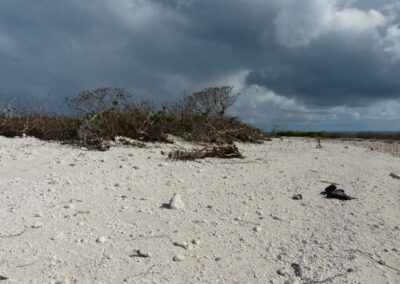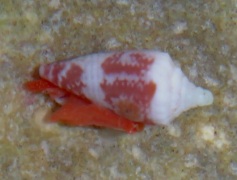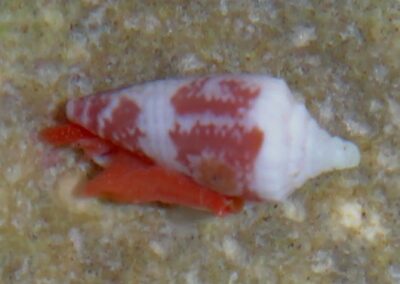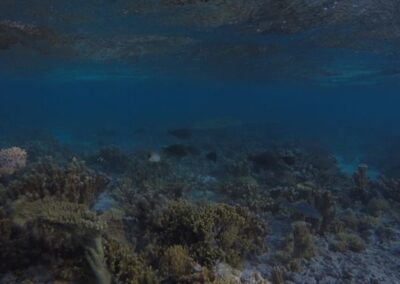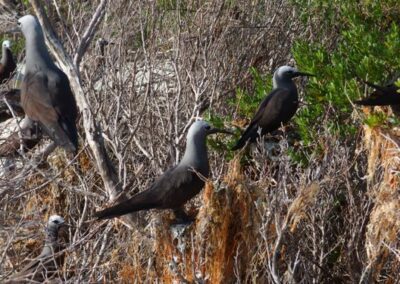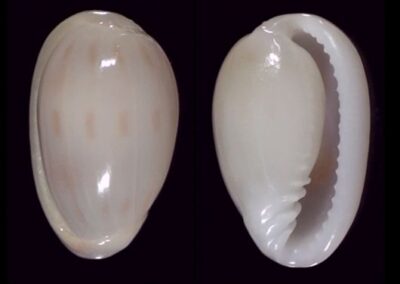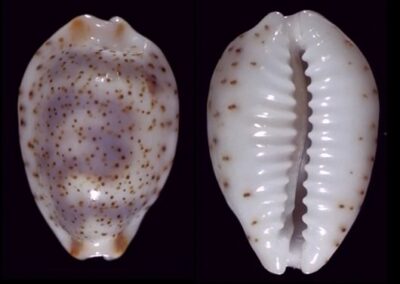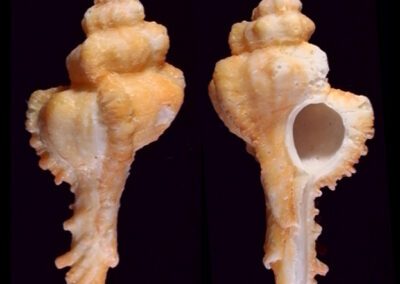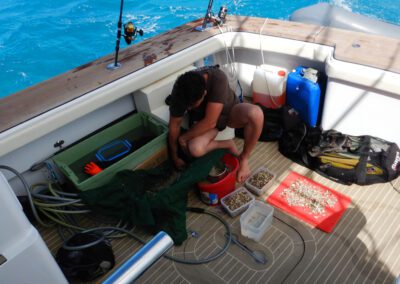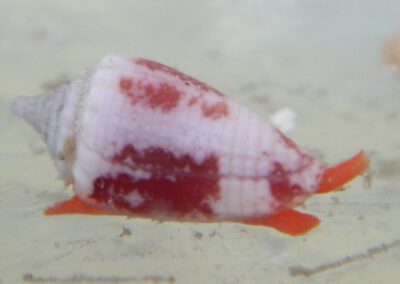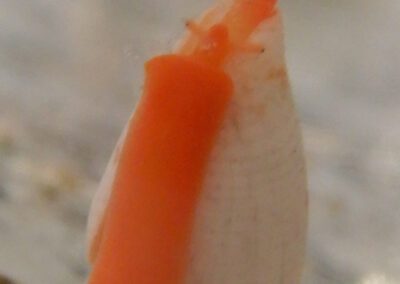St Brandon
About The Expedition
The 4th Expedition to the St. Brandon Shoal, Indian Ocean
In April/May of this year, we had the opportunity to revisit the remote offshore Atoll of Cargados Carajos, better known as St. Brandon. It was our fourth expedition to this offshore territory of Mauritius. Permits to visit this exceptional place are hard to obtain. We were stationed on board the commercial vessel “Gryphon” for 12 days, which allowed us to explore the atoll comprehensively, from north to south. The aim of this mission was to locate the habitat of the mysterious Conus lecourtorum, and to collect the first live animals for study. That species had only been found beached on three previous trips. We also wanted to compare the condition of the shallow water habitats after a heavy cyclone had devastated the atoll four months earlier.
The sparse facilities built by fishermen on three of the islands were partly destroyed, washed away from their fundaments, and the paved areas covered in a 1 meter thick layer of massive dead coral rubble. The plans to open up parts of the atoll for a “mild eco-tourism” have been given up, as this year’s cyclone showed that no permanent and safe facilities could be built on the shallow sandy islands.
On combing the reefs and beaches, we noticed that most habitats that yield those species of gastropods endemic to St. Brandon had suffered severe damage. Shallow water rubble fields had disappeared under masses of sand or had been washed away by the strong waves during the cyclone. The northern beach of Puit aux Eau has disappeared and the rocky path connecting it with Raphael got distributed. Therefore, walking between those islands has become a difficult task. The rubble pile of Capitaine, once a habitat for Bistolida piae, got covered in sand. The thriving population of Lambis violacea recorded off Long Island in 2011 had disappeared. On the other hand, we collected a fresh dead Lyria anna (photo), under a rock at 4 meters off Tortue, which indicates that this species also lives within the shallow lagoon, and not just in deeper water along the outer reefs of the atoll.
Manuel Tenorio extracted and studied the radula from one of our specimens of Conus lecourtorum and commented: “A very unusual radular morphology I must say. The tooth exhibits one barb, a pointed blade and what seems to be an external cusp, but no denticles nor serrations. The absence of a shaft fold confirms that it is a member of the Conidae rather than Conilithidae. At this time I am not sure to what species this tooth is similar with, as it appears quite unusual.”
The material collected during the fourth St. Brandon expedition has been added to the collection of the MSF. It comprises the full range of endemic shallow water gastropods confined to this atoll, which itself seems to represent a separate faunistic sub-province in the western Indian Ocean.












